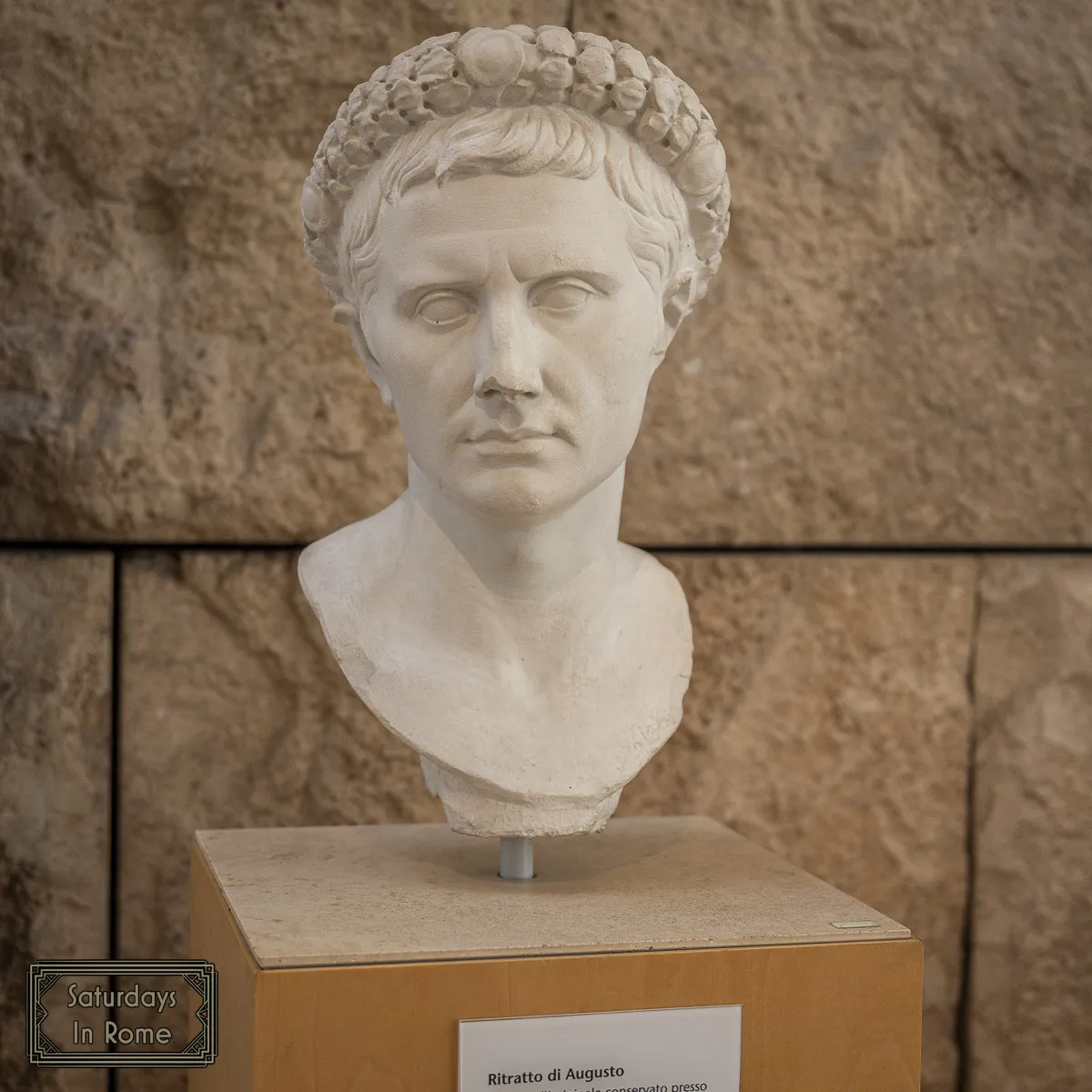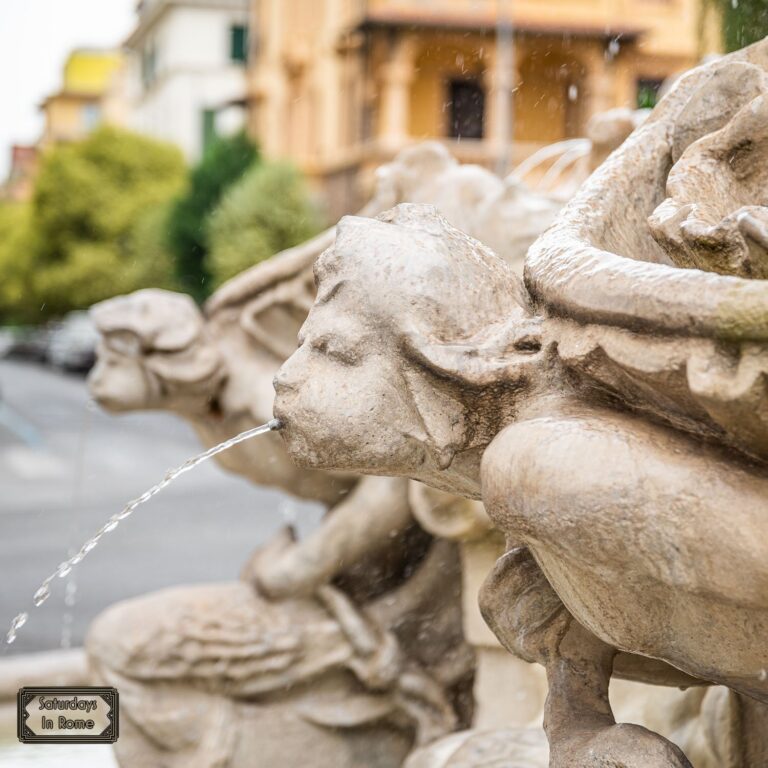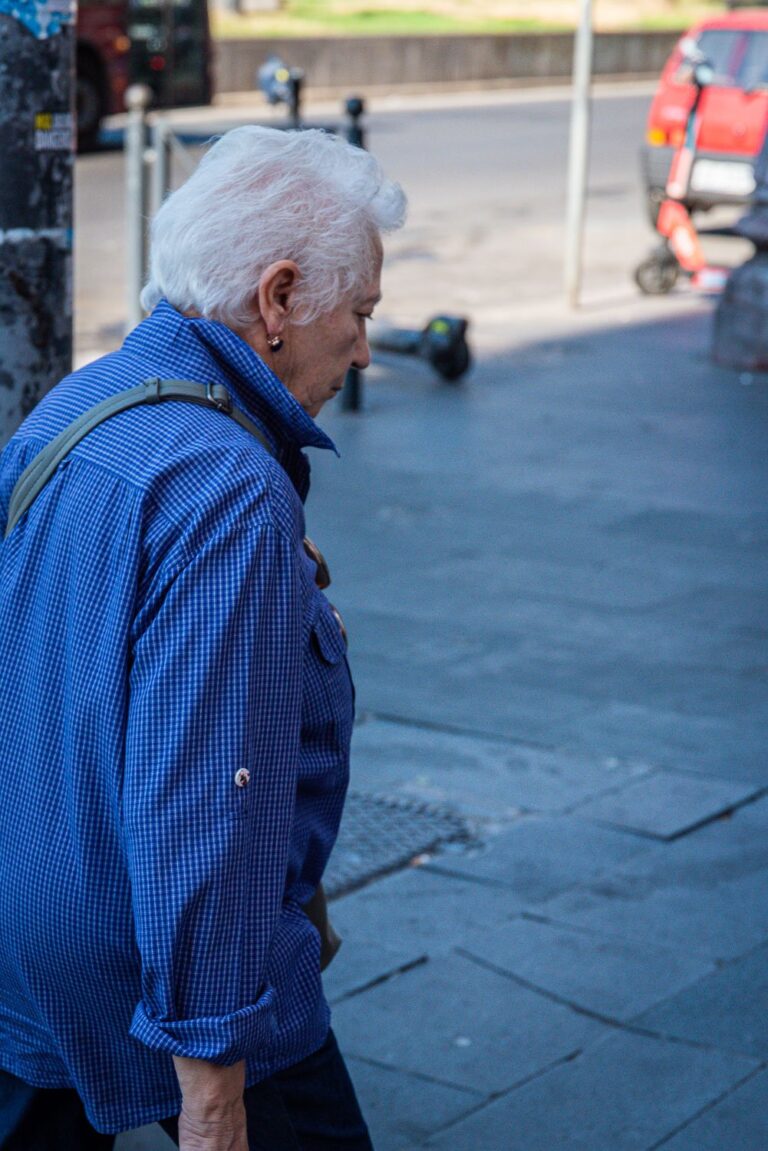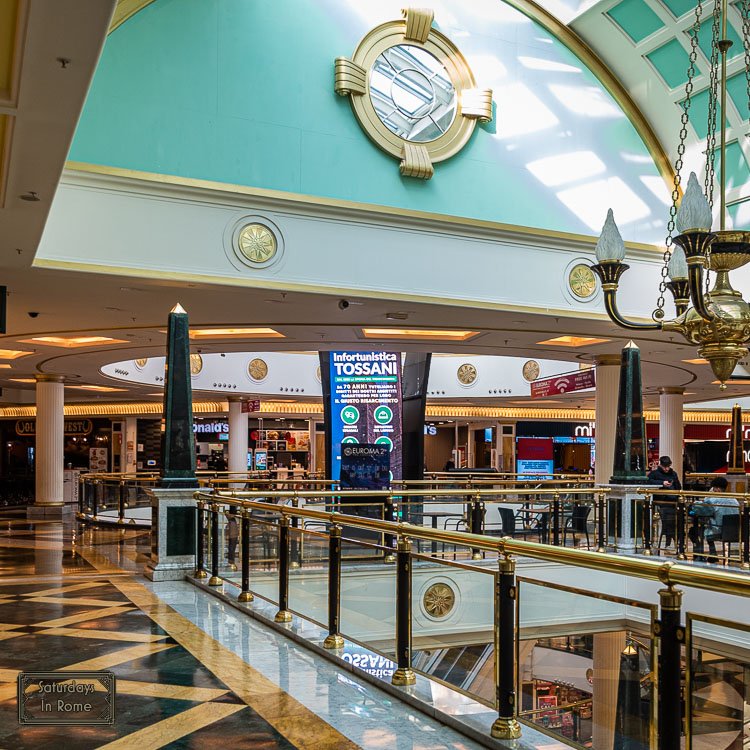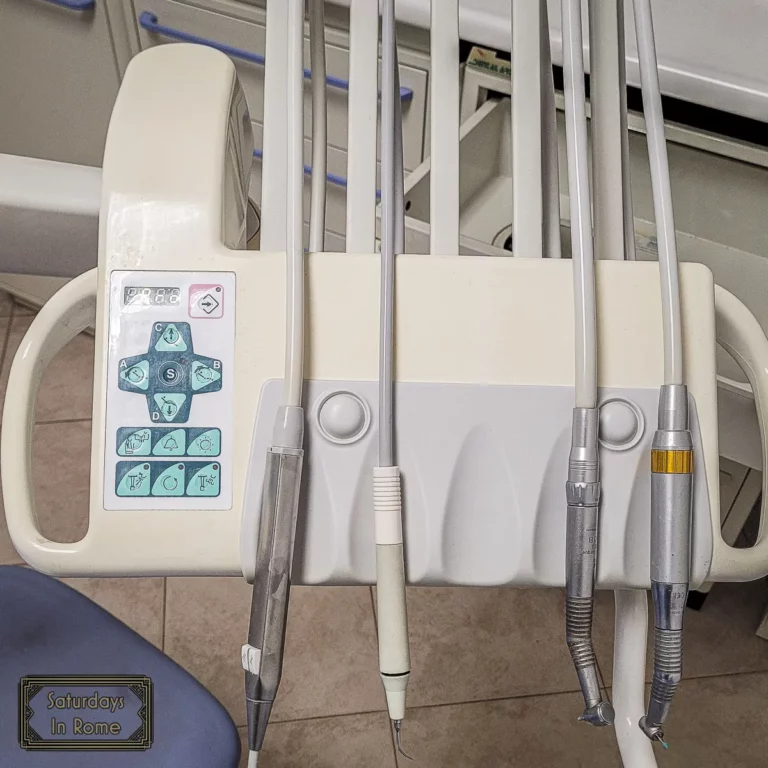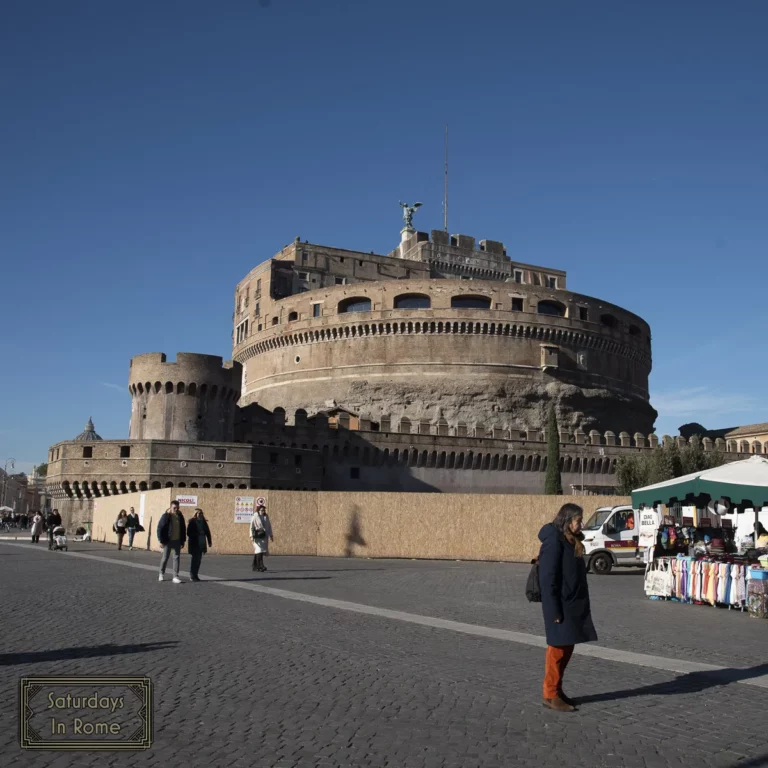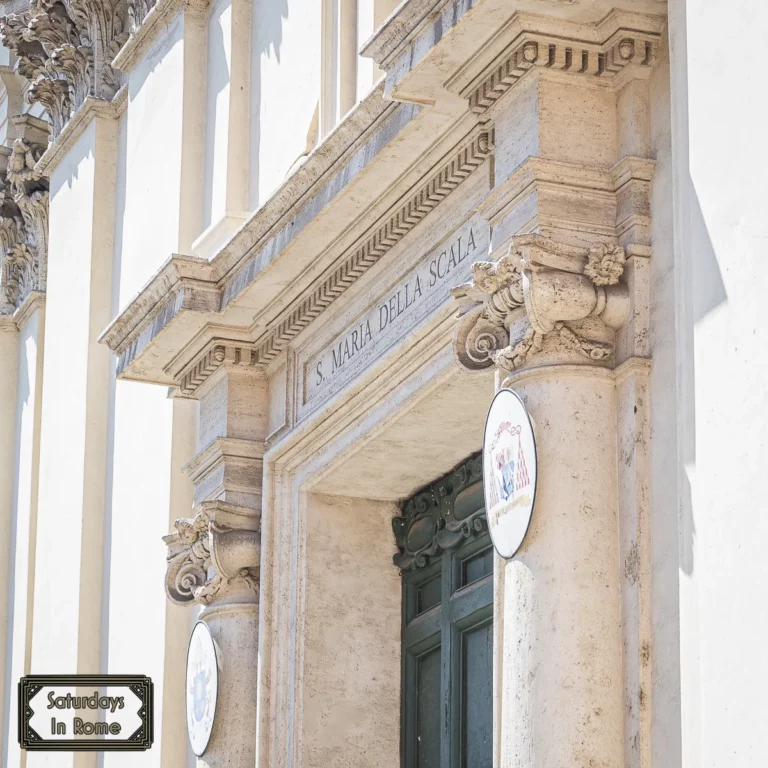Is The Ara Pacis Museum In Rome Worth Visiting?
The Ara Pacis Museum in Rome might not be at the top of your list when planning your next vacation, but should it be? Our Ultimate Guide Is Here To Help!
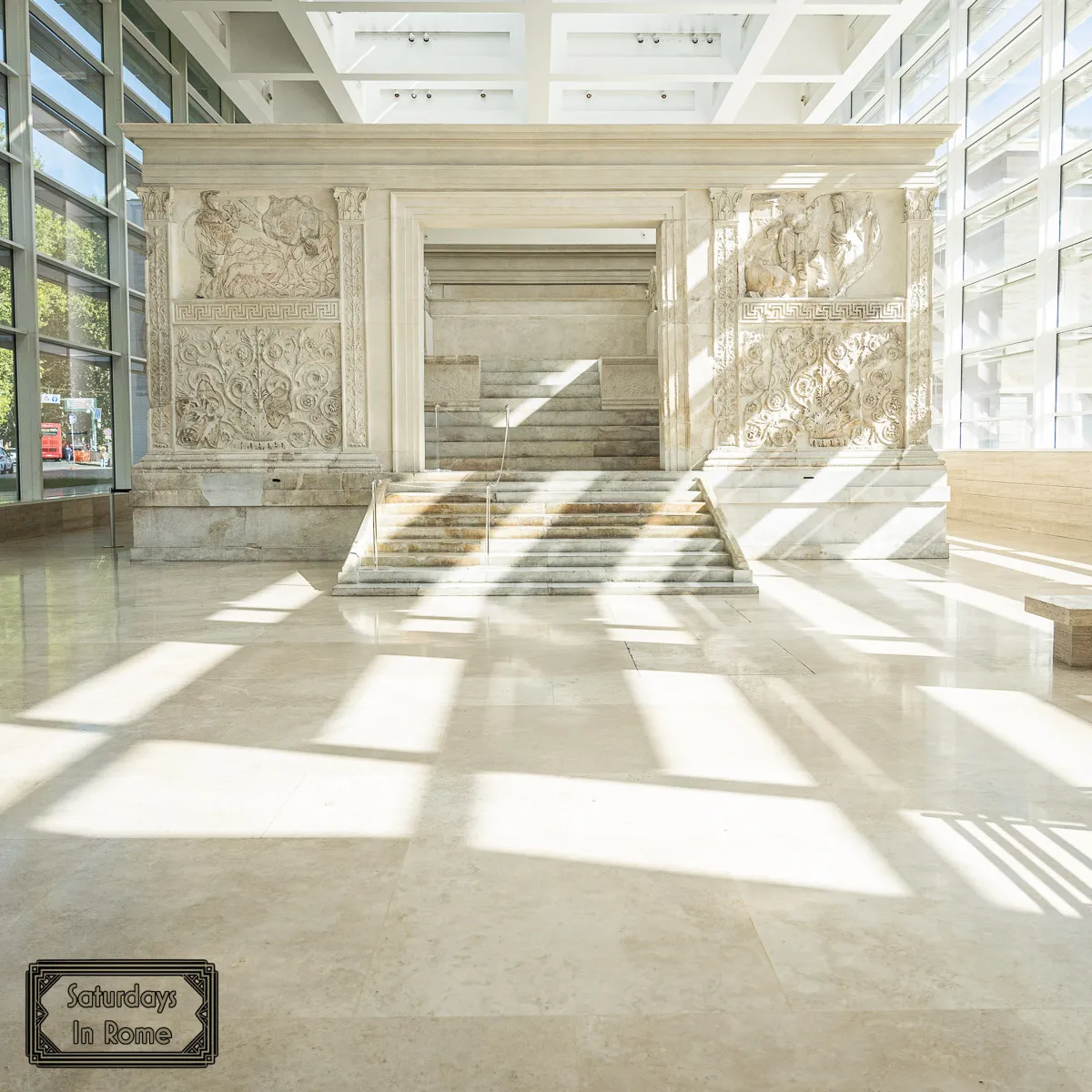
There are amazing sites in Rome around every corner. Some are obvious “Must-See” sites like the Colosseum and the Spanish Steps.
Other, smaller museums might not be so obvious if you need to add them to your itinerary of things to do in Rome. I have answered some popular questions below that I believe will help you decide if the Ara Pacis Museum is for you.
Need Help Planning?
- Cheap Flights: Find The Most Affordable Flights.
- Accommodations: From 1 to 5 Stars And More.
- Car Rentals: Affordable Travel Across Italy.
- Sightseeing Tours: Explore Some Amazing Tours.
- Buying An eSIM: Stay Connected In Italy.
This post includes affiliate links.
What Is The Significance Of The Ara Pacis?
The purpose of the Ara Pacis Augustae, which translates to The Altar of Peace, was to celebrate the military victories of Emperor Augustus near the beginning of the Common Era (CE). When Augustus returned to Rome, the Roman Senate decreed that an altar should be consecrated to the Augustinian Peace in Campo Marzio and ordered that in it the magistrates, the priests and the vestal virgins celebrated a sacrifice every year.
Campo Marzio is a neighborhood (rione) that borders the Tiber river, Villa Borghese and is in the heart of the Centro Storico of Rome.
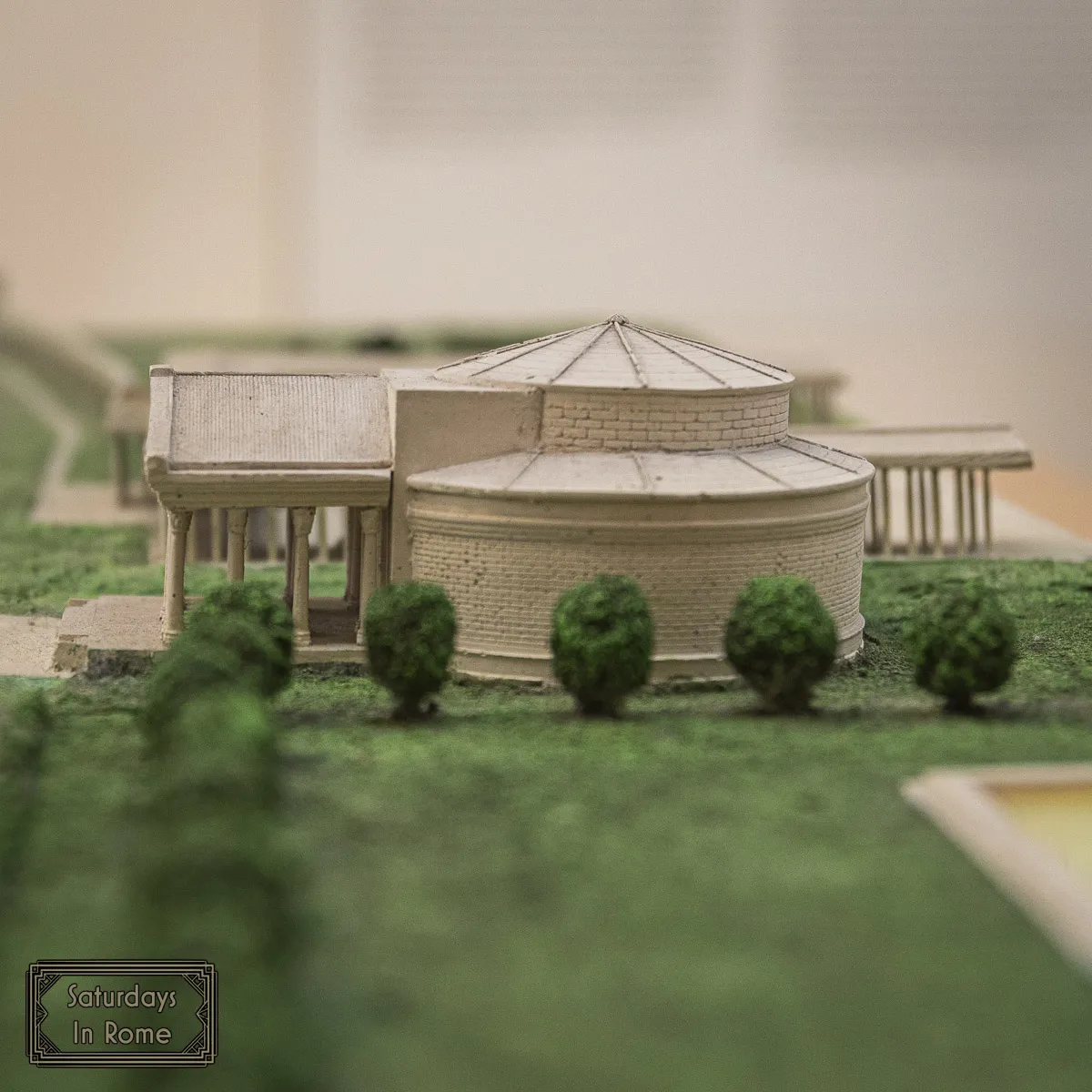
What Was The Pax Romana?
In addition to celebrating the military victories, the altar was dedicated to the Pax Romana, which was a period of nearly 200 years that was considered the height of the Roman Empire because of its relative peace and stability, but also the power, imperialism and expansion of the empire.
At its height, the Roman Empire had a population of approximately 70 million people, but after 200 years, the empire began its decline.
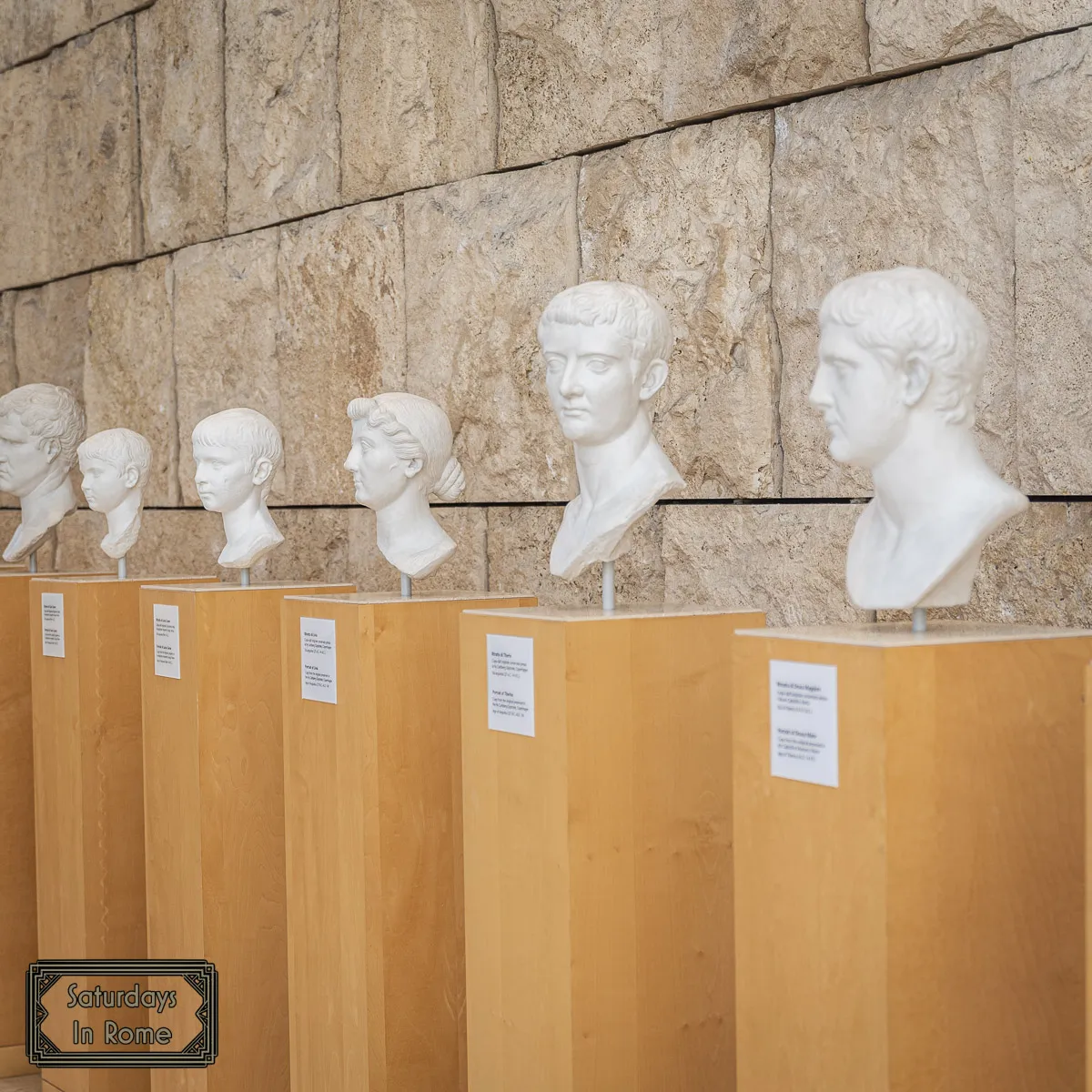
What Does The Ara Pacis Symbolize?
For the Roman Empire, the Altar of Peace is really just a tribute to themselves. It celebrates the peace and prosperity of the Roman Empire that the Roman Senate decided to build for themselves.
The altar is also a symbol of the family of Augustus due to that large number of reliefs that adorn the altar, which include Augustus’ wife, Tiberius, Agrippa of Pantheon fame and Emperor Nero as a child.
What Is Ara Pacis In English?
As you might expect, Ara Pacis is not Italian, but Latin. It translates to: Altar of Peace.
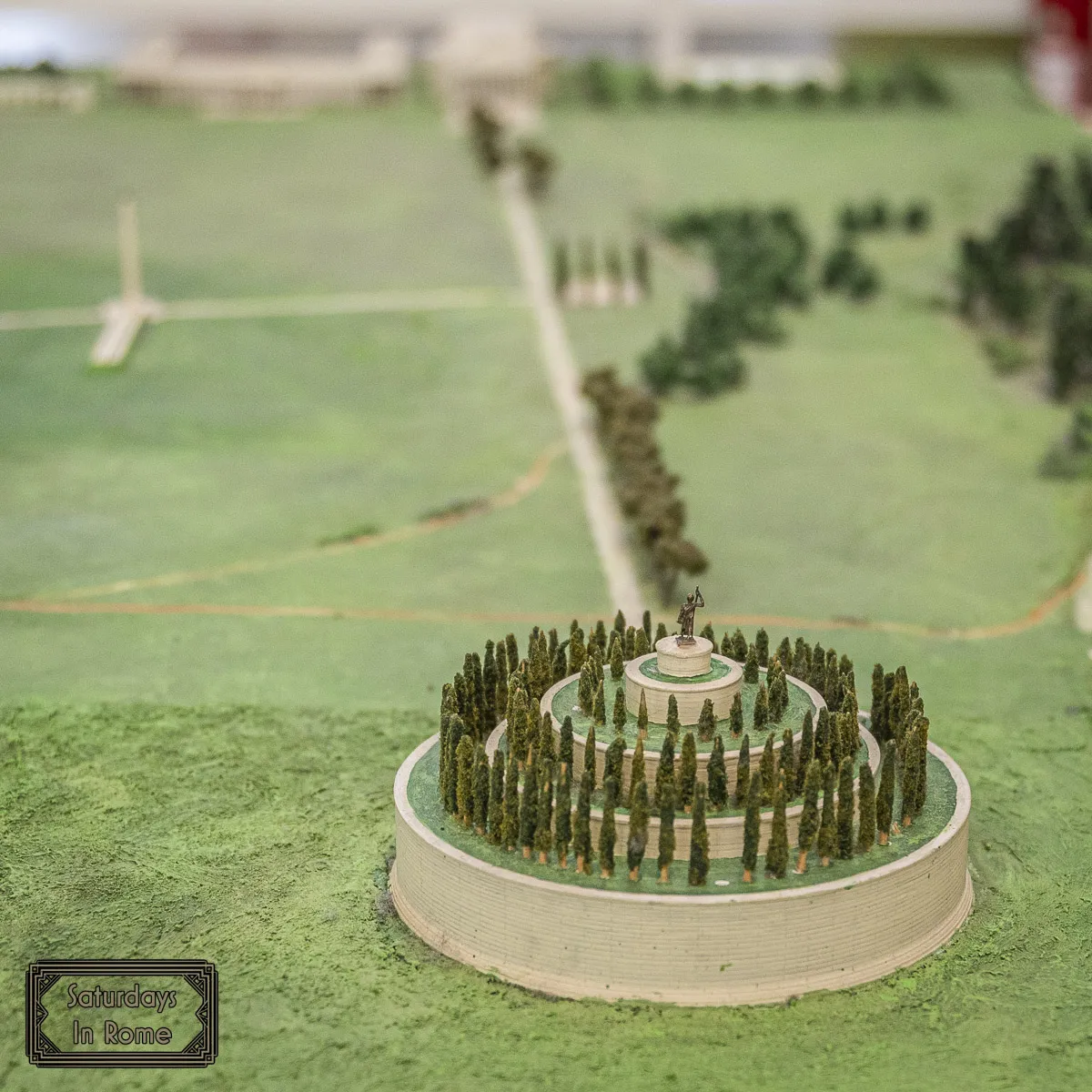
Where Is The Ara Pacis Augustae Now?
Back in 1937, the Mussolini government reviewed the possibility of restoring Ara Pacis and it was Mussolini himself who decided to rebuild the altar near the Mausoleum of Augustus, under a portico between Via di Ripetta and the Lungotevere. The final project was delivered in November of 1937, but it was considered low quality and because it was not received well, an agreement was made to consider the work temporary with plans for future improvement.
The war caused a lot of damage to the altar and the building that housed it, so a proper restoration project began in the 1970s that included the installation of new glass to enclose the building and protect it from pollution.
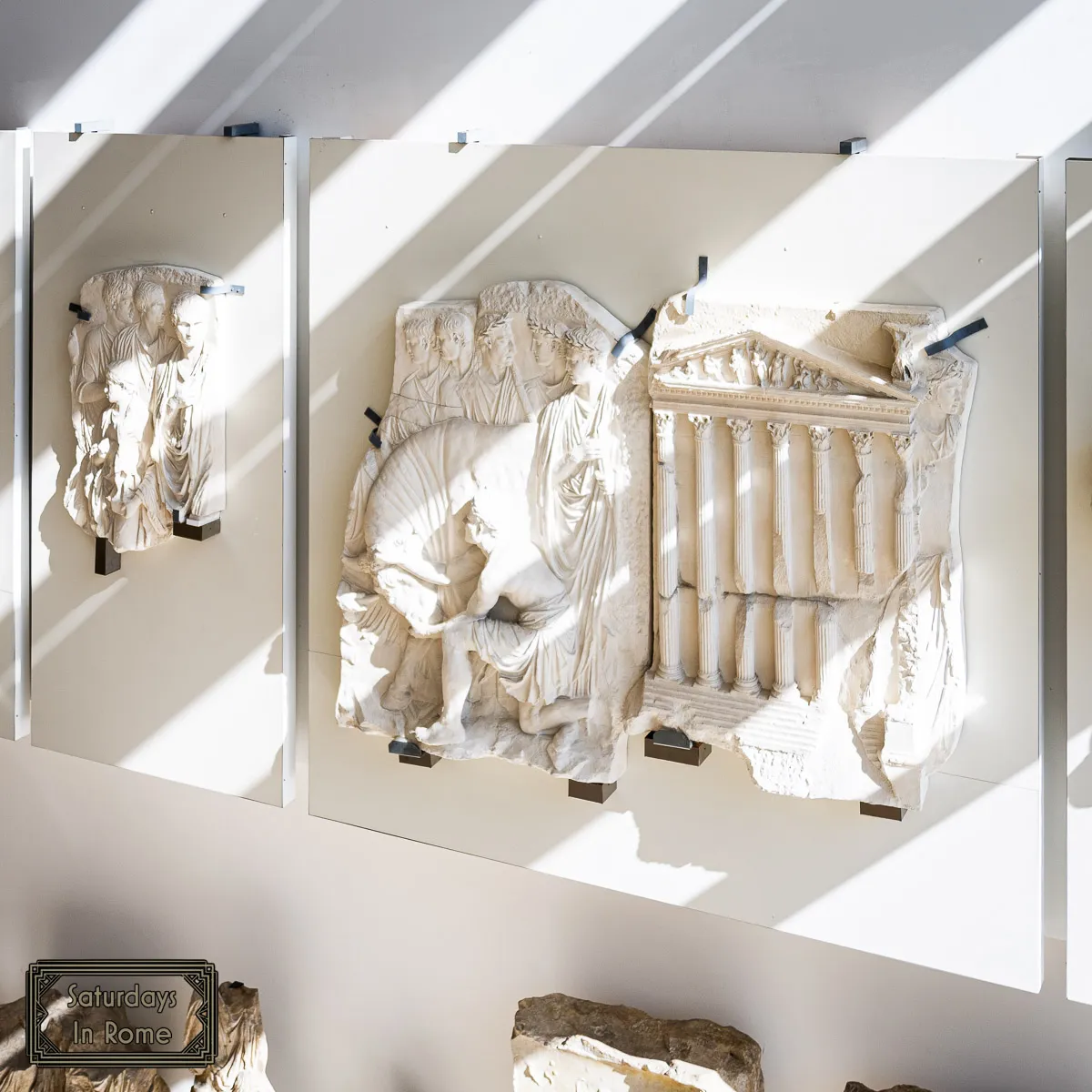
In 2006, the old building was torn down and a new museum complex was drawn up by American Architect Richard Meier. The building, which has remained substantially unchanged, was designed to be permeable and transparent towards the urban environment, without compromising the protection of the monument.
What Can You See In The Ara Pacis Augustae Museum?
Certainly the main draw of the Ara Pacis Augustae Museum is the Altar of Peace. It is a very detailed structure that one can spend a considerable amount of time examining both the carvings but also the historical significance.
In addition, there is an audio/visual presentation, available in English, that can help you learn more about the times and the significance of the structure. There are also miniature structures built of the altar and the entire grounds that included a sundial and the Pantheon which highlights the intended scale of the structure.
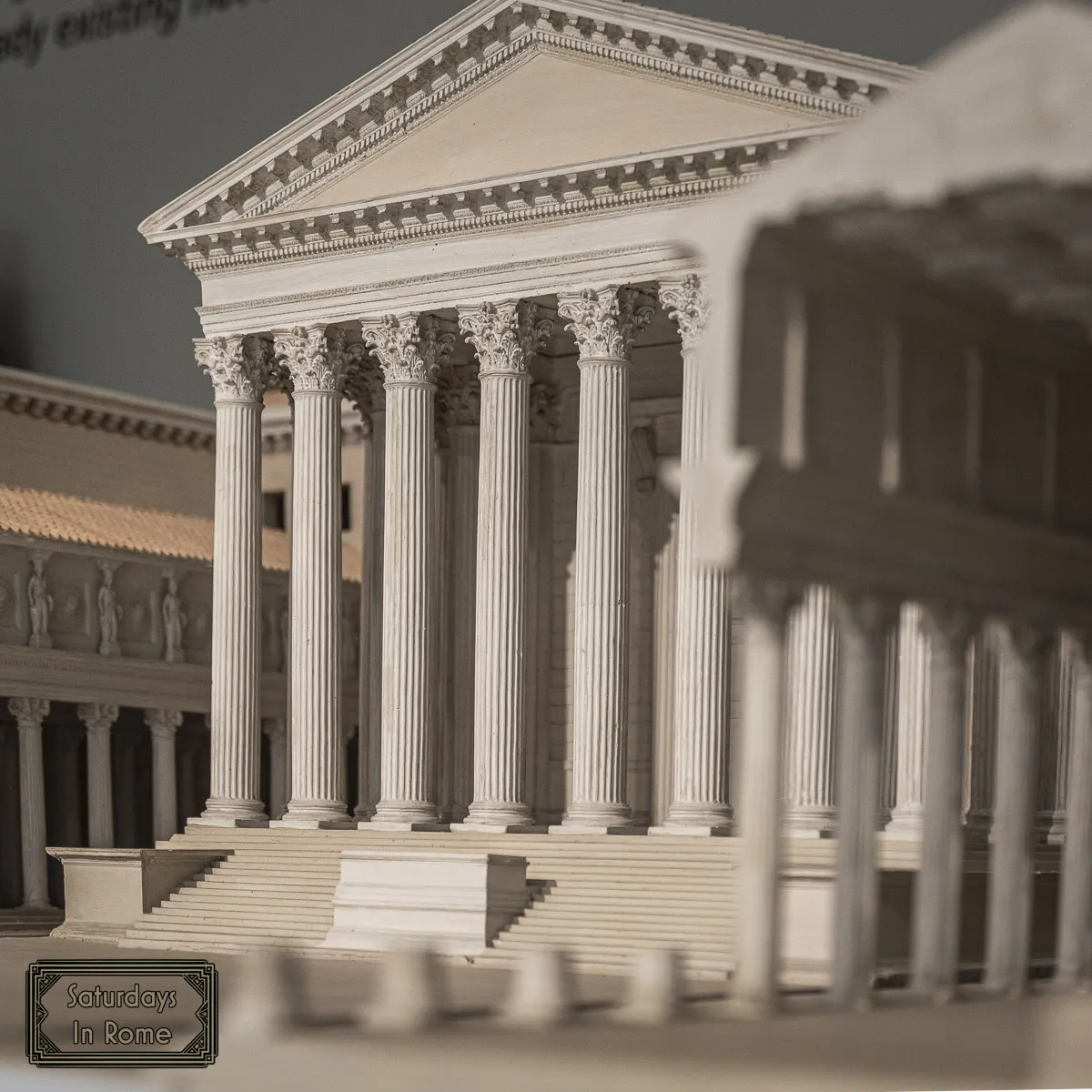
I believe that because it is a small museum the administrators make a strong effort to bring other exhibits to the space in the lower level of the museum. When I visited, there was an interesting exhibit called: “LEX. Giustizia e diritto dall’Etruria a Roma”, which loosely translates to Justice and Law from Etruria to Rome. Coming this winter will be a exhibit of the legacy of photographer Helmut Newton, which I would very much like to see.
Is The Ara Pacis Augustae Museum In Rome Worth Visiting?
Because the Ara Pacis Augustae museum is mostly limited to the altar and a few other carvings, I don’t think I would have it at the top of my list of things to see in Rome. That said, if there was an exhibit being shown in the lower level that interests you, my answer would be “yes”.
I hadn’t considered the LEX presentation that was being shown prior to arriving, but it was interesting and was an important addition to the experience. I also plan to return a second time to see the Helmut Newton exhibit, so I am definitely practicing that which I preach.
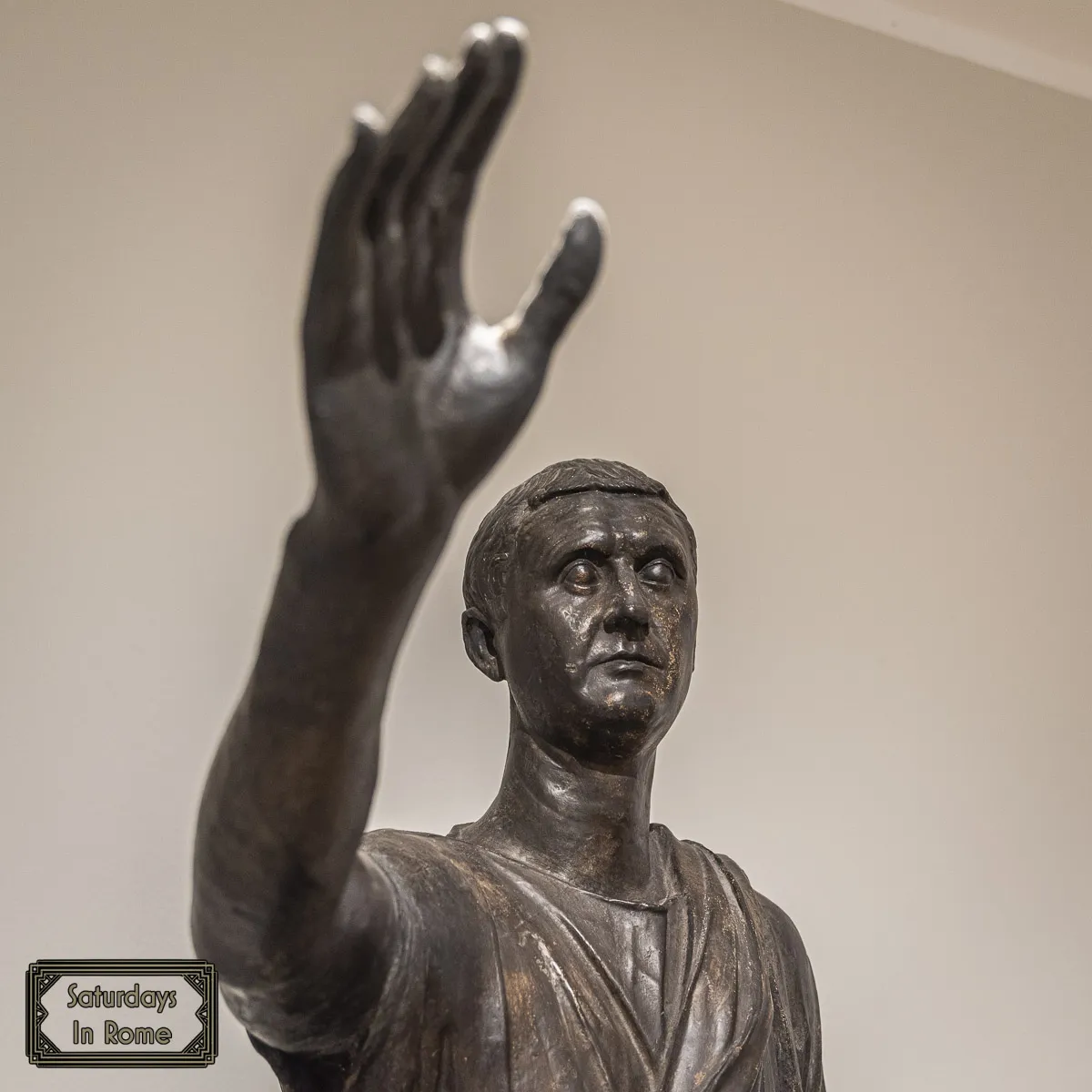
What Time Does The Ara Pacis Museum Open?
Location And Hours
The museum is found at: Lungotevere in Augusta (at the corner of via Tomacelli)
Their hours of operation are:
- Everyday from 9:30 AM until 7:30 PM
- December 24th and 31st from 9:30 AM until 2:00 PM
- January 1st from 11:00 AM until 7:30 PM
The last entry is one hour before closing, and the museum is closed on May 1st and December 25th.
Museum Reception And Ticket Office
At the ticket office, you can find information relating to the ticket and video guide prices, information and rates when using a MIC Card, reduced ticket options and any mobility or access conditions of concern. If you live in Rome, I strongly recommend getting a MIC card, because it only costs €5 and one visit to a museum can cover it.
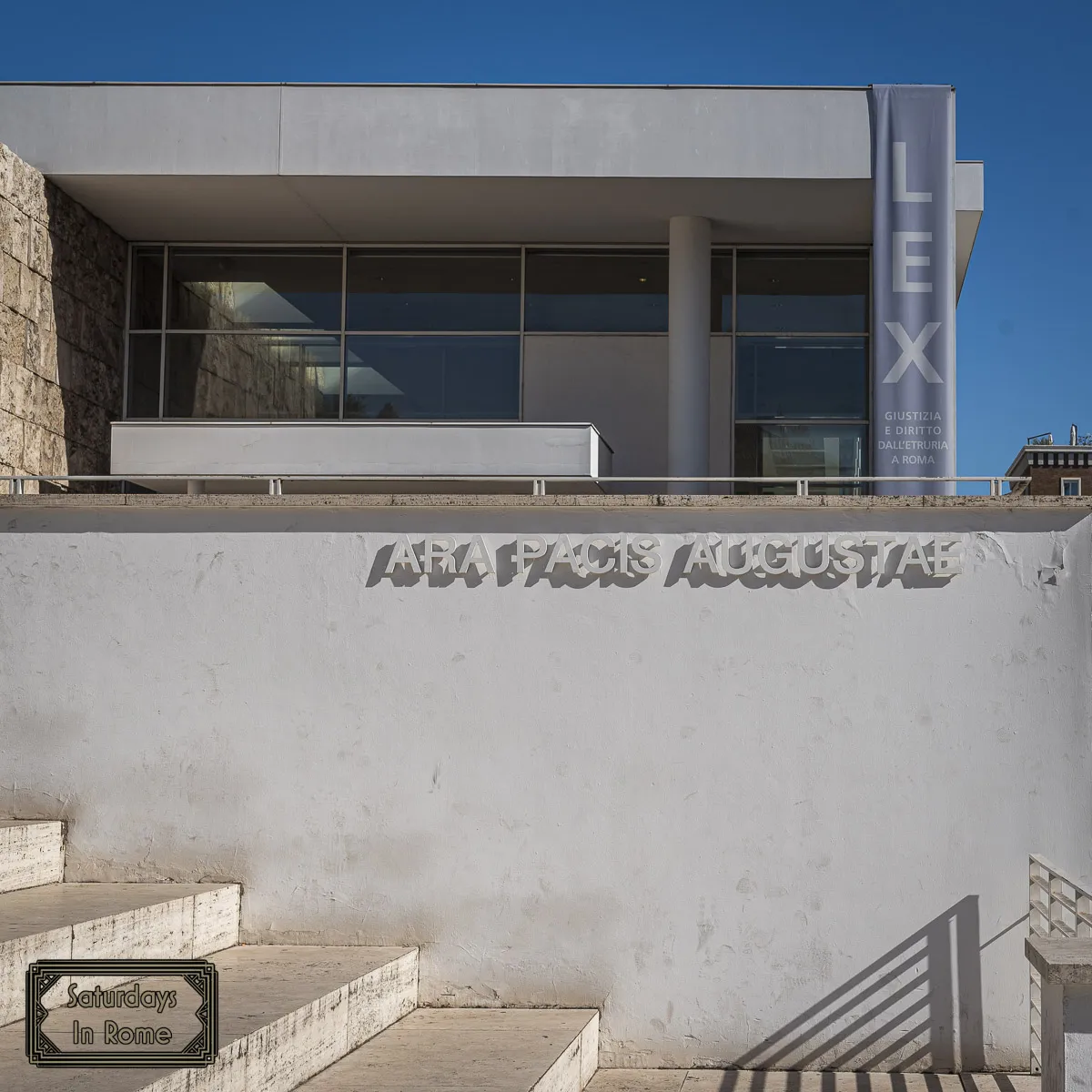
The full price ticket, including the LEX exhibit costs €15, with a reduced price of €13 if you qualify. If you are a resident of Rome, and can prove it, there is an additional €1 reduction in price. Keep in mind that not all exhibits are included in the museum price. Lex was, but the upcoming Helmut Newton exhibit will cost an additional €13, so be prepared.
Teaching And Guided Tours
Guided tours, in different languages, are available for a fee and by reservation, with a choice of museum route and/or exhibition route. Information and reservations are available by calling 060608 everyday from 9:00 AM until 7.00 PM.
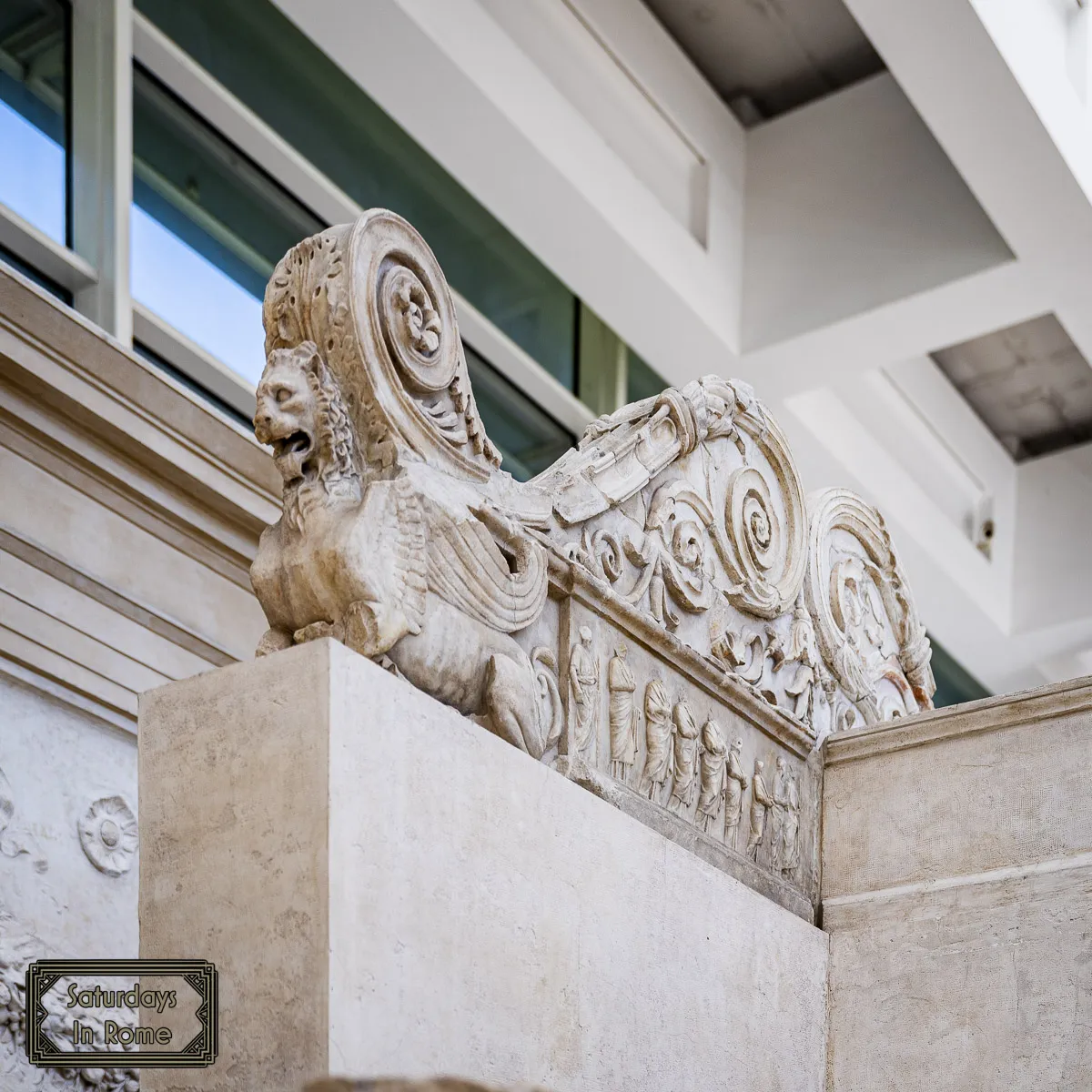
More Things To See In Rome
If you liked this guide for the Ara Pacis Museum and would like to learn about more hidden gems in Rome, Italy, please take a look at some of our other articles that you will find useful while you plan which Rome tourist attractions will be important to include during your next visit.
- Top Museums And Galleries In Rome You Must Visit.
- The Borghese Gallery And Museum Shouldn’t Be Missed.
- The Capitoline Museum Highlights Are Historically Beautiful.
- The Vatican Museums and Sistine Chapel.
- The Palazzo Altemps Museum Collection Of Sculptures Is Great.
- The Bone Church in Rome, Italy.
- The Centrale Montemartini Museum Is A Great Art Collection In Rome.
- The Rome Historical Museum Of The Liberation Helps Never Forget.
- The Museum Of Zoology In Rome Is Alive With Natural History.
- The Canova Tadolini Cafe Is A Beautiful Place For Espresso.
- The Museo Della Forma Urbis Is Rome’s Newest Site To Visit.
- The Video Game Museum In Rome: The Essential Guide.
